Filling In: Room for Revival in Spokane
Yesterday, we discussed my neighborhood’s humble corner store as a metaphor for the Strong Towns message. Today, the Strong America Tour kicks off right here in Spokane. In honor of this event we will look at work the City of Spokane is doing to level the playing field for these humble spaces and the neighborhoods they call home.
I wrote last year about the explosive growth of Spokane during the early decades of the 1900s and its ensuing stagnation later in the century. Most western cities that got this big this early continued their trajectory to become major metro areas; Seattle and Portland are the nearest such examples. Other western cities the size of Spokane typically saw most of their growth in the postwar period and largely consist of suburban development. Thus, in the western United States at least, it’s rare for a medium sized city like Spokane to have most of its area developed with the hallmarks of traditional urban development. One byproduct of Spokane’s boom and bust is the sheer extent of traditional neighborhoods as a percentage of the overall city. The vast majority of the city consists of gridded streets, relatively narrow rights of way, and narrow, alley-loaded lots. Most neighborhoods also feature at least a few corner stores scattered amongst the residential properties.
The upshot to all of this is that Spokane has a high number of legacy neighborhoods without the strong pressure for re-development that you’d see in much larger regions. It’s a blessing and a curse: you can still buy a house for under $200k here (though that’s changing fast). On the flip side, many of the businesses rooted in these legacy neighborhoods have suffered in the absence of the economic dynamism present in larger regions. It doesn’t help that for a long time the city’s zoning code had a strong suburban orientation. Even if a building owner wanted to fix up and operate a corner store like the one in my neighborhood, the zoning code was an insuperable barrier. Recognizing this, the City of Spokane has taken steps to remove barriers for corner stores, and for many other traditional forms of development.
Fostering Infill
Infill development—building on unused or underutilized land within the existing urban footprint—meets many of the goals a strong town should have. Because these developments make use of existing infrastructure, they represent added wealth without the future liabilities of infrastructure replacement. There are many other benefits too: added vibrancy, more housing options at more affordable prices, and a lower environmental impact.
“These changes alone are not enough to reverse the massive institutional machinery in favor of the status quo. What they do, however, is provide more opportunity for regular folks like me to dive in and become small developers.”
Despite the positive outcomes, there are barriers to building within already-developed areas. And not all of them are determined by city policy. In fact, some of the biggest headwinds come from the federal government. It’s wise, nevertheless, for a city to start by removing barriers that it can control. In that spirit, the City of Spokane has an official infill development initiative. This is a coordinated effort to identify strategic modifications to the development code that grease the skids for infill.
The first fruits of the initiative surfaced in 2012 with a package of changes to the development code. These changes introduced some really powerful tools that make infill development a viable option where it was previously impossible. Additional changes have happened over time as the City continues to solicit feedback from developers and evaluate its code for areas to improve. I’ll focus on two of these changes: Corner Stores, and Pocket Residential Development.
Before we get into details though, I want to stress how refreshing it is for a city to undertake a regular formal process to identify ways to improve its development code. I’m sure many other cities regularly look for opportunities to make updates to codes but I’m not familiar with an initiative with this level of outreach, public profile and a track record of regular changes.
Reviving Our Corner Stores
Spokane’s city code technically refers to these places as “Existing Neighborhood Commercial Structures in Residential Zones” but they’re commonly known as corner stores. According to a city analysis at the time the code change was adopted there were nearly 100 such locations scattered around the city, mostly clustered around old streetcar lines.
The changes that were adopted created a section in the development code specific to these properties and designated a formal process whereby owners can restore them to commercial use. While there is some work involved, the guidelines are straightforward and the list of allowable uses is fairly permissive—restaurants, retail and office space are all legitimized in the code.
The results have been positive to date. The most notable success story is The Grain Shed, a bakery and brewery in Perry District, one of Spokane’s hottest neighborhoods. Only a few years ago the building was vacant and boarded up, an eyesore in the community. The activation of this building has brought life back to this part of the neighborhood.
Before and after photos of the boarded-up building that became The Grain Shed.
Creating Options for Pocket Residential Development
Strong Towns readers are probably familiar with Cottage Housing. These are developments with multiple detached houses centered on a small green or courtyard. They’re a charming, single-family-home-friendly way to make more efficient use of infrastructure. The challenge presented by Spokane’s particular implementation of cottage housing was that it didn’t provide enough flexibility to make cottage housing viable in places where the building types made sense but site constraints ran afoul of some provision or another. Recognizing this, the city introduced Pocket Residential Development (code section here, explanatory handout here starting on p. 3).
In effect, pocket zoning allows for maximum flexibility in how lots are split up internal to the parent parcel, as long as the overall development meets the requirements of the parent parcel. For example, I could subdivide a one-acre parcel zoned for single family housing into ten small lots with tiny houses and a community-owned common green, as long as I honor the setbacks, density limits and building envelope restrictions set for the original parcel. Perhaps that’s a bit too wonky, but the point is you can effectively divide up your development in whatever way makes sense to you.
The flexibility in this section of the code dramatically increases the options available to enterprising developers looking to make better use of land in established neighborhoods.
As noted, these changes alone are not enough to reverse the massive institutional machinery in favor of the status quo. What they do, however, is provide more opportunity for regular folks like me to dive in and become small developers. Every barrier removed is an opportunity to prove that there’s a better way to build cities — one our ancestors knew instinctively as a result of generations of trial and error.
Room for Improvement
Spokane’s embrace of infill development is by no means perfect. We’re still bulldozing poor central neighborhoods for a billion dollar highway (slated to follow an unfortunate line on a map bequeathed to us by previous generations).
Furthermore, in all of my discussions and research on the city’s infill development initiative, the emphasis has mostly been on making better use of vacant or depressed parcels. The idea that well-heeled neighborhoods with relatively high prices should also be open to the next increment of development has not yet featured in the civic conversation.
What has caught on is the financial power of enabling more development to use infrastructure we’ve already bought rather than expanding forever into the hinterland. As the city prepares for Chuck to kick off the Strong America tour here this evening, we hope the conversation around the opportunities and challenges faced by Spokane takes on more depth. And we hope your community can start your own conversation about how to become a stronger town.

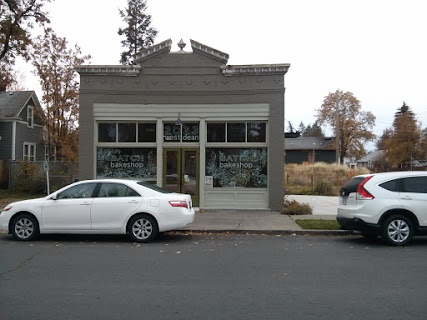
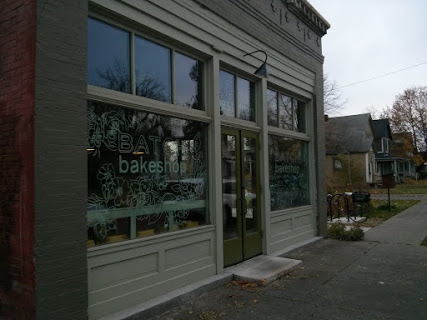
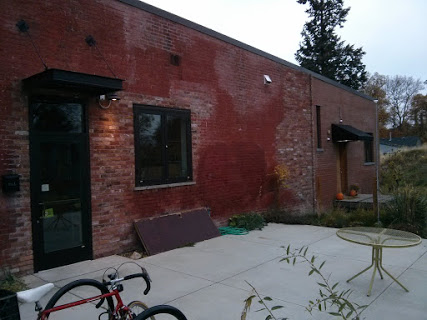
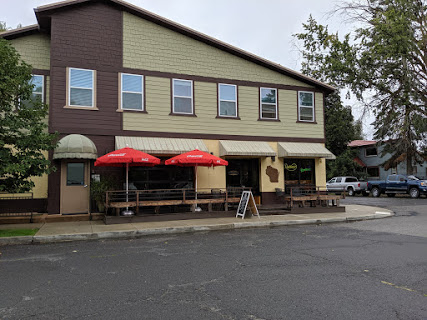
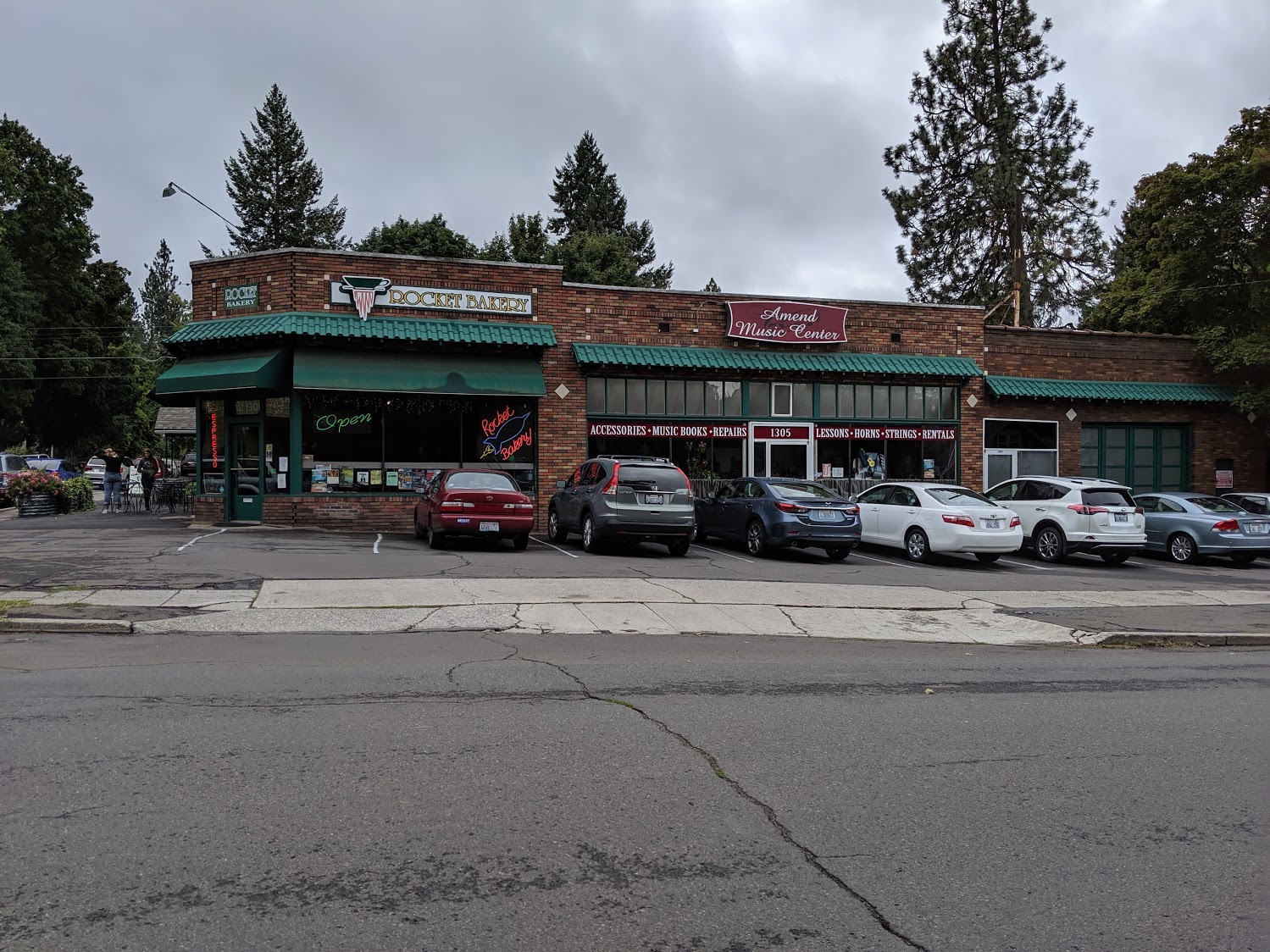





The Suburban Experiment killed the starter home. Here's how cities can bring it back to life.